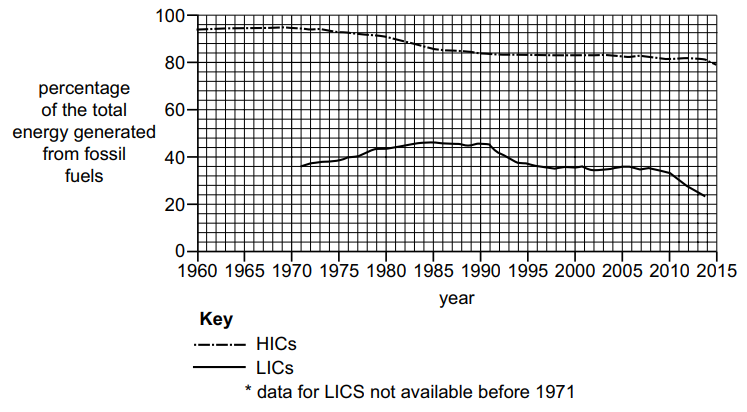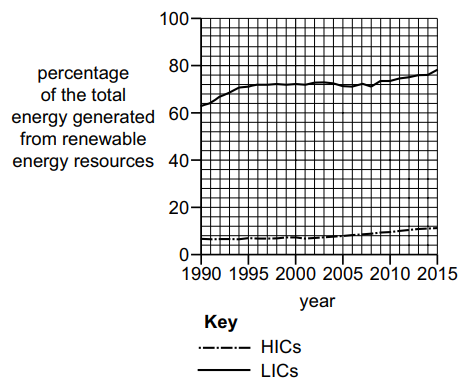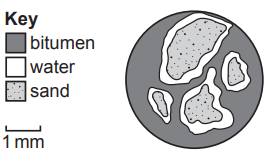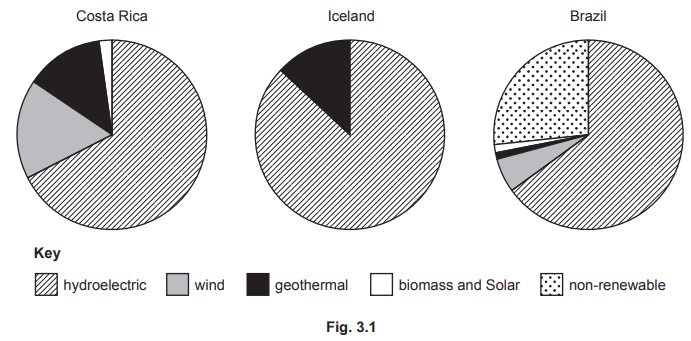(i) Countries need long-term and short-term energy security.
Define:
long-term energy security ................................................................................................
short-term energy security ................................................................................................
[2]
(ii) Energy insecurity impacts low-income economy countries (LICs).
Outline four of these impacts.
[4]
Fig. 3.1 shows the location of hydroelectric projects in country Y and country Z.
A new dam is planned in country X to meet the increasing energy demands of the country. Country X is a low-income economy country (LIC). Currently, only 22% of the population of country X has access to electricity.
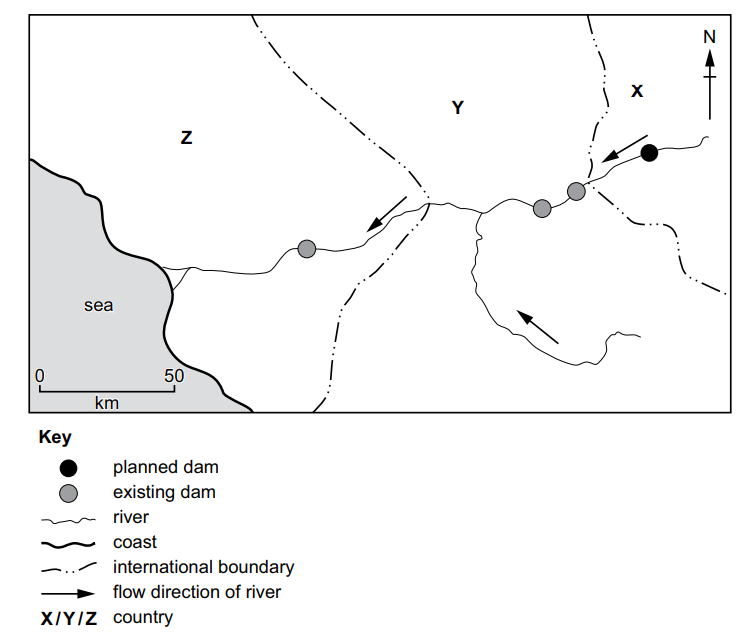
Fig. 3.1
Explain the impacts the new dam could have on the economies of countries X, Y and Z.
Include positive and negative impacts in your answer.
Did this page help you?
